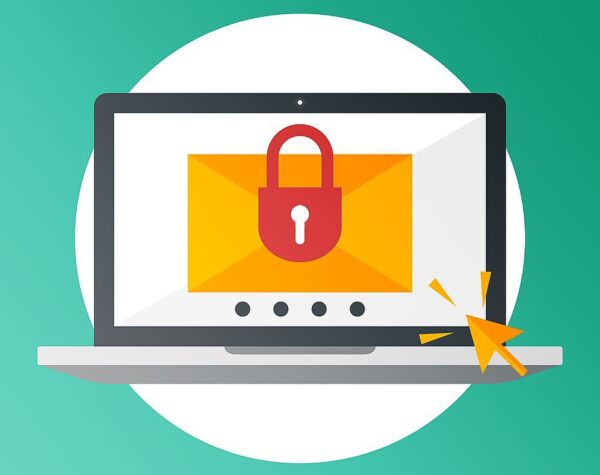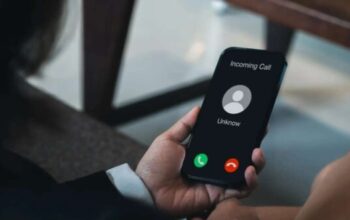In the digital age, email communication has become an integral part of our personal and professional lives. However, sometimes antivirus software, such as Avast, can unintentionally add its signature to outgoing emails, causing confusion and a less professional appearance. In this article, we’ll explore how to stop Avast from adding its signature to outgoing emails and maintain the integrity of your email communication.
Understanding the Avast Email Signature Issue
Avast antivirus software, while aiming to protect your computer from potential threats, sometimes includes its signature at the end of your outgoing emails. This can be frustrating, as it may lead recipients to question the legitimacy of your emails or view them as less professional. To tackle this issue, follow the steps outlined below.
Disabling the Avast Email Signature
Step 1: Open Avast Antivirus
The first step is to open the Avast antivirus software on your computer.
Step 2: Access Settings
Navigate to the “Settings” section within Avast. This is where you’ll find the configuration options for various features.
Step 3: Select General Settings
In the settings menu, locate and select the “General” tab. This is where you can manage the overall behavior of the antivirus program.
Step 4: Modify the Core Shields Settings
Under the “General” settings, you’ll find an option labeled “Core Shields.” Click on this option to access its settings.
Step 5: Turn Off the Outgoing Email Signature
Within the “Core Shields” settings, there’s an option related to email signatures. Disable the option that adds Avast’s signature to outgoing emails.
Using an Alternative Email Signature
If you prefer to have an email signature but don’t want to use Avast’s default signature, you can create a personalized one. Follow these steps to set up your custom email signature:
Step 1: Open Your Email Client
Open the email client you use for sending and receiving emails.
Step 2: Access Signature Settings
Navigate to the settings or preferences section of your email client. Look for an option related to email signatures.
Step 3: Create Your Signature
Design and create your custom email signature. You can include your name, job title, contact information, and any other relevant details.
Step 4: Save Changes
Once you’ve created your signature, save the changes. Make sure to set this signature as the default for your outgoing emails.
Frequently Asked Questions
Q1: Why does Avast add its signature to my emails?
A1: Avast adds its signature to outgoing emails as a security measure, but you can disable this feature if it’s not suitable for your needs.
Q2: Can I have a custom email signature?
A2: Yes, you can create a personalized email signature that reflects your identity and professionalism.
Q3: Will disabling the Avast email signature affect my computer’s security?
A3: Disabling the email signature won’t compromise your computer’s security, as other protective features of Avast will remain active.
Q4: What should my custom email signature include?
A4: Your custom email signature can include your name, job title, company details, and even a link to your website or social media profiles.
Q5: Is Avast antivirus still effective without the email signature feature?
A5: Yes, Avast antivirus will continue to provide robust protection even after disabling the email signature feature.
Conclusion
In conclusion, while Avast antivirus software offers comprehensive protection, its automatic addition of an email signature can be inconvenient. By following the steps outlined in this article, you can easily disable this feature and ensure that your outgoing emails are professional and free from any unnecessary signatures. Additionally, consider crafting a custom email signature to enhance your communication and maintain your personal or business branding. Take control of your email signature and present yourself in the best possible light to recipients.




